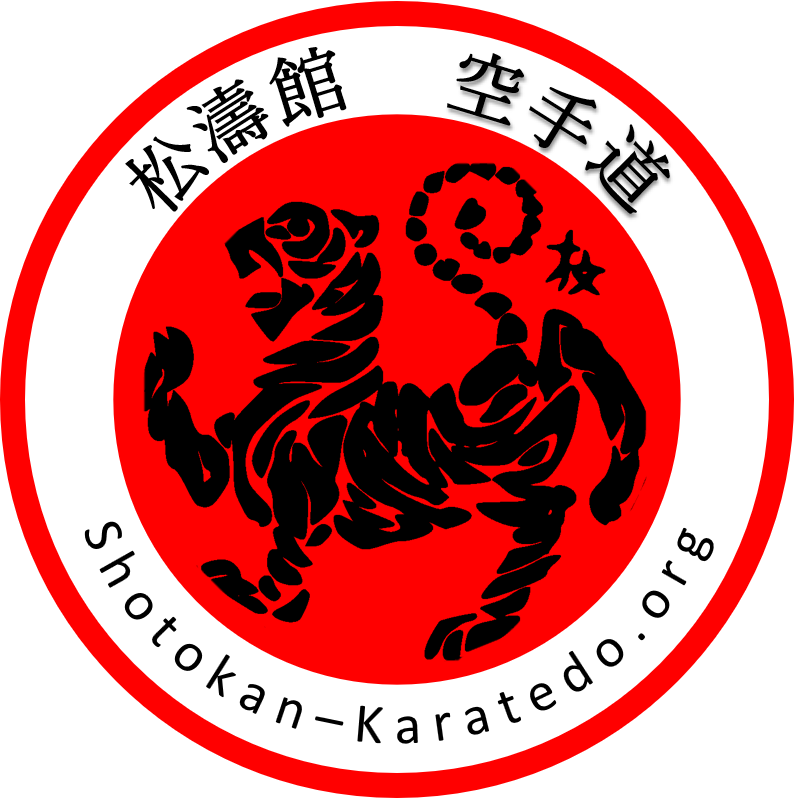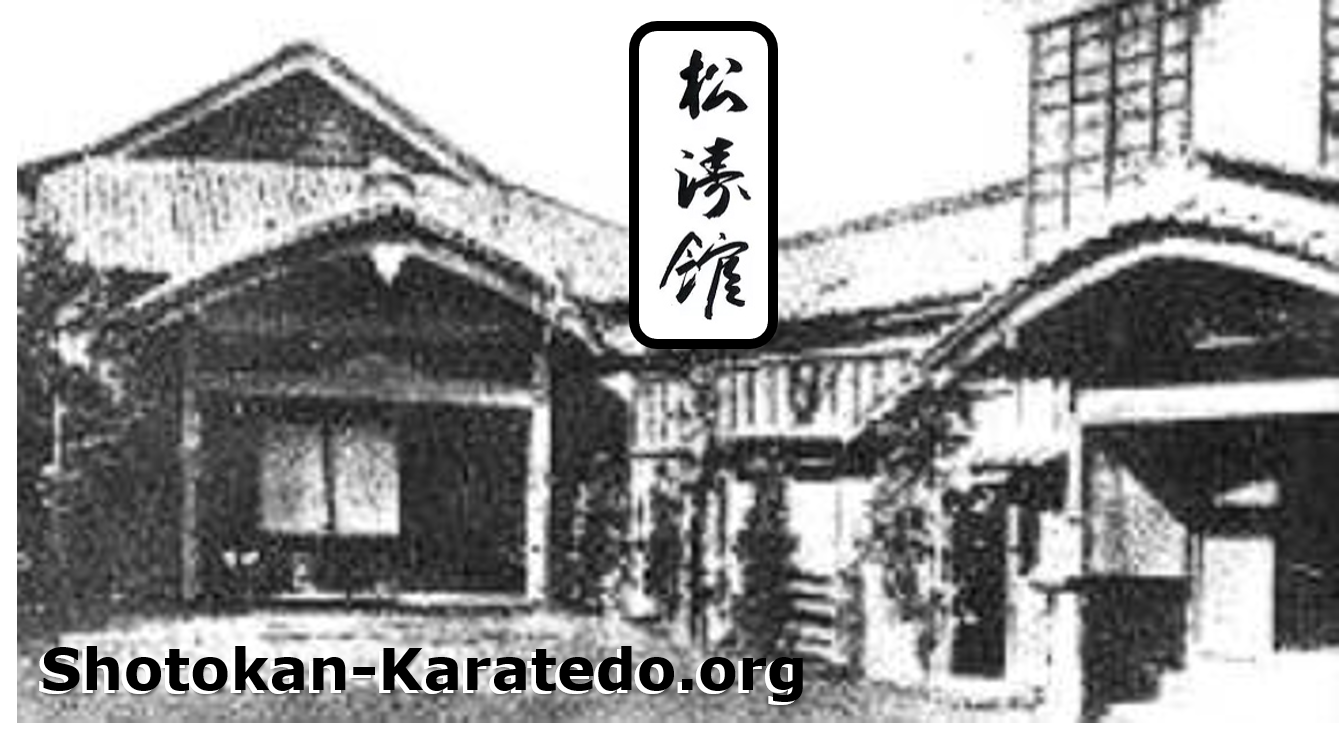Shotokan-Karatedo.org
松 濤 館 空 手 道
Shotokan Karatedo

Developed since 1928 by Gichin Funakoshi (1868 – 1957), Shotokan became the most widely practiced style of Karatedo today. The pen name that Master Funakoshi used for writing poetry was Shōtō (or 松 濤 in Japanese script), which means ‘waving pines’. Furthermore, the Japanese word Kan (or 館 in Japanese script) means ‘hall’. Therefore, the Training Hall (or Dojo) where Master Funakoshi taught the style (or Ryu) of Karatedo he had developed became known as 松濤館 in Japanese script, meaning Shōtō’s Kan (that is, Shōtō’s (Training) Hall). Therefore, his students created a sign above the entrance of this hall reading these three kanji symbols. Subsequently, this became also the name of Master Funakoshi’s Martial Art: Shotokan (or actually: Shoto’s Kan).

Furthermore, the tiger became the symbol of Shotokan Karatedo. It symbolizes the keen alertness of the wakeful tiger and the serenity of the peaceful mind which Master Funakoshi experienced while listening to the pine waves on Tiger’s Tail Mountain, which is the literal meaning of the name of Mount Torao in Okinawa, near Master Funakoshi’s hometown Shuri.

Master Gichin Funakoshi was succeeded by Masatoshi Nakayama (1913 – 1987), Hirokazu Kanazawa (1931 – 2019), and many other Shihan of Shotokan Karatedo.
伝承 型
Denshō Kata
Heian Shodan
Heian Nidan
Heian Sandan
Heian Yondan
Heian Godan
Tekki Shodan
Tekki Nidan
Tekki Sandan
Enpi
Jion
Ji’in
Jitte
Sochin
Chinte
Hangetsu
Gankaku
Meikyo
Wankan
Nijushiho
Unsu
練習 型
Renshū Kata
Taikyoku Shodan
Taikyoku Nidan
Taikyoku Sandan
基本
Kihon
© Shotokan-Karatedo.org : This page was last updated on 2024/04/08.